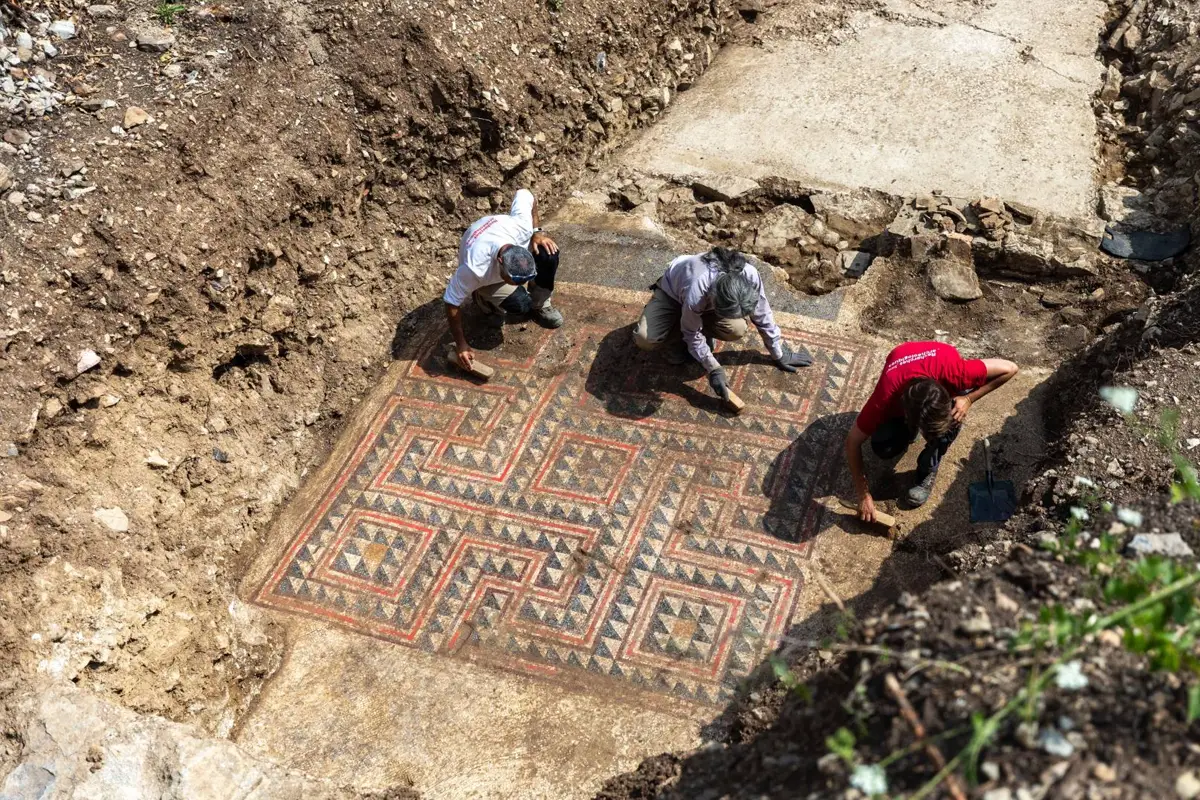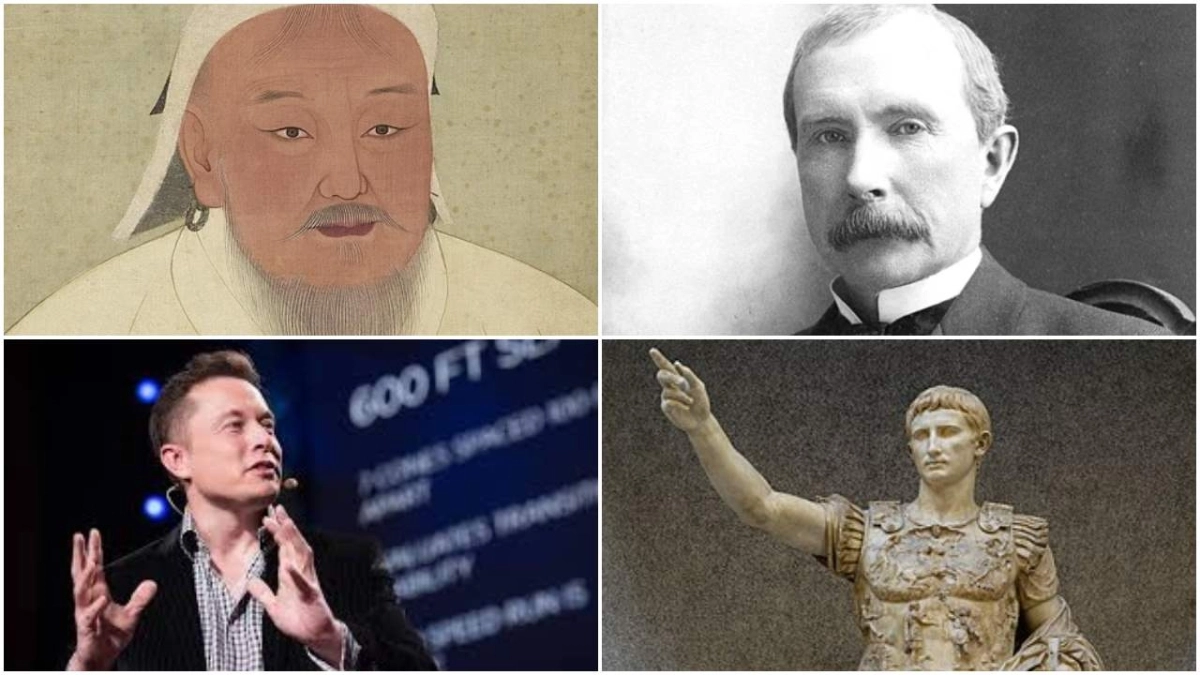An international archaeological mission, spearheaded by Isabelle Hairy of France’s CNRS under Egypt’s Ministry of Tourism and Antiquities, has successfully recovered 22 colossal stone blocks from the submerged remains of the ancient Lighthouse (Pharos) in Alexandria’s Eastern Harbor (labrujulaverde.com). Weighing between 70 and 80 tons, these blocks include the lintels and uprights of the lighthouse’s grand entrance, foundational slabs, and a previously unknown pylon combining Egyptian design with Greek engineering.
Scientific Significance & Digital Resurrection
These monumental blocks are destined for high-resolution 3D photogrammetric scanning as part of the “PHAROS” project—a collaboration between CNRS/CEAlex and France’s Dassault Systèmes Foundation. They will be digitally reconstructed to test architectural hypotheses on the lighthouse’s original construction and causes of its collapse. Having previously digitized over a hundred underwater fragments, this latest find deepens our understanding of the ancient structure and helps fill crucial gaps in its architectural narrative.
Why This Discovery Matters
Recovering One of the Seven Wonders: The Lighthouse of Alexandria was a landmark of ancient maritime innovation. No other major lighthouse of antiquity remains; this digital rebirth offers a rare opportunity to virtually “restore” a world marvel lost to earthquakes and centuries of quarrying.
Insights into Ancient Engineering: The recovered lintels, jambs, and base pieces can help scholars unravel 3rd-century BCE Ptolemaic construction techniques and structural composition through virtual testing.
Cultural Symbolism: Beyond aiding navigation, the lighthouse represented Alexandria’s power, technological mastery, and fusion of Hellenistic-Egyptian culture. Reconstructing it reawakens a symbol that shaped Mediterranean intellectual and trading networks.
A reconstruction of the Alexandria Lighthouse following a 2013 survey. Credit: Emad Victor SHENOUDA / Wikimedia Commons
The Hellenistic Alexandria Section
Founding and Cultural Fusion
Founded in 332 BC by Alexander the Great and developed under the Ptolemies—Alexander’s successors—Alexandria stood as a beacon of Hellenistic civilization. The Pharos, commissioned during the reign of Ptolemy I and completed under Ptolemy II Philadelphus, was both functional and symbolic: a towering fusion of Greek engineering and Egyptian tradition.
A Beacon of Knowledge and Commerce
Rising well over 100 m, the lighthouse was a marvel of its time—often likened to the world’s first skyscraper. It helped guide ships safely into Alexandria’s harbor, underpinning its status as a global center for trade, scholarship, and culture .
Architectural Splendor of the Hellenistic Era
The structure’s tripartite design—square at the base, octagonal in the middle, cylindrical above—is a testament to Hellenistic architectural brilliance. Traditional accounts credit Sostratus of Cnidus, a Greek engineer, signaling continuity of classical architectural patterns in Egypt.
Endurance and Eventual Collapse
Standing for more than 1,600 years, the lighthouse endured and adapted through multiple earthquakes before ultimately collapsing in the 14th century. Its stones later formed the Qaitbay Fortress, but its legacy remained central to Alexandria’s identity.
Future Outlook
Educational Outreach: A documentary produced by GEDEON Programmes, slated for broadcast on France Télévisions, will chronicle the recovery and reconstruction process in a 90-minute feature.
Academic and Public Engagement: Through digital models, historians and engineers will re-examine hypotheses on design and collapse scenarios. The end goal? A virtual twin that could form the basis for interactive exhibits, educational tools, and perhaps future physical reconstructions.
Underwater Heritage Preservation: This operation builds on a continuum of work stretching back to Jean‑Yves Empereur’s 1994 discovery and adds momentum to Alexandria’s transformation into a center for submerged cultural tourism.
Lighthouse of Alexandria Ruins Egypt Tours Portal
Conclusion
The recovery of these twenty-two massive limestone blocks is far more than an archaeological feat—it’s a bridge to a civilization that changed the course of Mediterranean history. By digitally resurrecting the Pharos, we don’t just rebuild a structure; we reclaim an icon of Hellenistic ingenuity, cultural fusion, and enduring influence. It marks the return of a beacon that once lit the way—in more ways than one—and now has the potential to illuminate our understanding of the ancient world once again.









